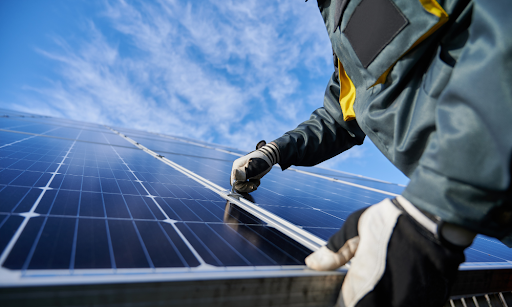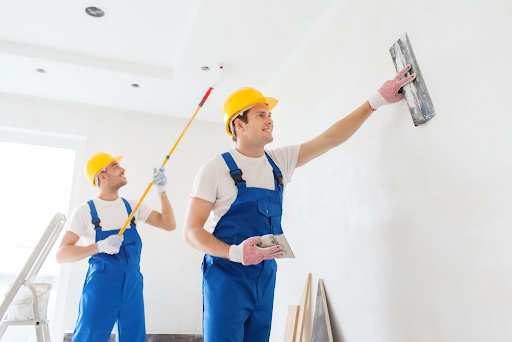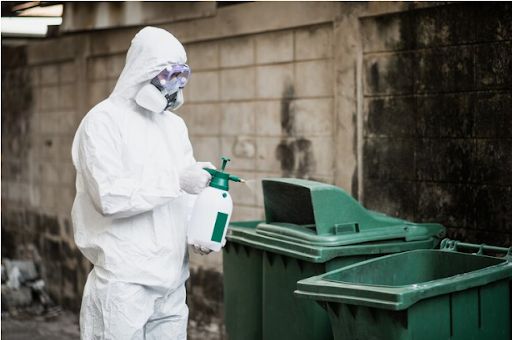7 Things You Need To Know About The Smokers In The Kitchen

Considering that brisket is one of the most well-known types of meat for smoking in the world of barbecue, it is an excellent place to begin demonstrating the efficacy of offsets.
For “low and slow” meat smoking, an offset smoker with a horizontal cooking chamber and a firebox on the side is ideal.
Where to Find Information About Offset Smokers
If a product has recently seen an increase in demand, knockoffs are likely to appear online and in local stores, and if you don’t know what to look out for, you might easily be fooled. When searching for an offset smoker, remember these points:
Construction
Achieving perfect BBQ smoking temperatures requires delivering constant heat over a lengthy period. This can be severely disrupted by even little changes in air pressure or heat loss. Therefore, it is crucial that the smoker has a solid construction and no air leaks.
Invest in a reliable source of insulation. Think about how effectively the firebox seals when the lid is closed. Keep an eye on the gasket transition between the firebox and the main chamber as well.
How Big It Is
The most prominent pieces of BBQ pork are often the best. Whether it’s a whole chicken, a rack of ribs, or brisket, you’ll need ample enough space to fit the meat and air to circulate freely if you wish to get the same results.
An Offset Smoker’s Perks
- Because of where the fireplace is set up, the smoke and air can circulate well inside the room.
- The firebox is situated such that tending to the coals or adding extra wood chips or charcoal does not affect the temperature of the main chamber.
- Most offset smokers include sizable ovens, letting you prepare a lot of food at once.
- Since they run on charcoal instead of gas or electricity, they require far less maintenance. Offset smoker requires little maintenance beyond an annual seasoning, in contrast to gas grills or smokers. Their analogue construction is also less likely to break or malfunction.
The heaviest gauge metal
Better heat retention, less fuel use, and less metal bending over time are all benefits of using thicker metal. It’s crucial in colder areas when the small fire you’re using to cook will be hindered by rain, wind, and snow. Thick metal will take a long time to warm up and respond more slowly when altering the cooking chamber’s temperature.
Verifications of quality
Any smoker with poor sealing will let sweet smoke and heat escape. If you buy this, you’ll waste more gasoline. Be sure there are no cracks or holes in any of the entries. If you discover any or notice smoke leaking, a high-temperature smoker seal can be used to fix the problem.
Professional-grade dampers
The ability to regulate the temperature and smoke level inside the cooking chamber relies on dampers that provide a tight seal yet can easily slide open or closed. Make sure they can be easily tightened and oiled.
Devices that measure temperatures
Grilling without a thermometer is like cooking in the dark. A high-quality thermometer in the cover is essential for improved temperature regulation and awareness of inside conditions. You won’t have to stop cooking to check the temperature inside since you can do so without opening the hood and letting in cold air or smoke.
Barbecues are large, heavy, and extremely hot. You should look for a solid one if you care about security. Find legs, wheels, and hinges that feel sturdy.
If you don’t have a dry, protected place to store your smoker, a waterproof cover is the next best thing. Some barbecues come with matching covers, while others require a specific size and form cover.






